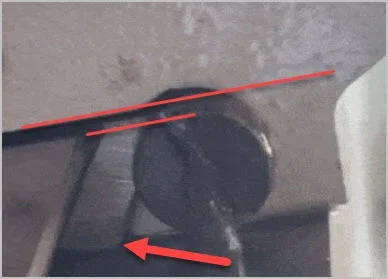Former Member
Guest
Motion when locked??? Some what of a contradiction of terms.
Generally when locking you are removing all play by reducing the clearance to the point that it is tighter (smaller) than what it clamping against.
So the bigger question, if no one has asked, have you checked where the play is coming from and might you be chasing down the wrong thing?
Generally when locking you are removing all play by reducing the clearance to the point that it is tighter (smaller) than what it clamping against.
So the bigger question, if no one has asked, have you checked where the play is coming from and might you be chasing down the wrong thing?



